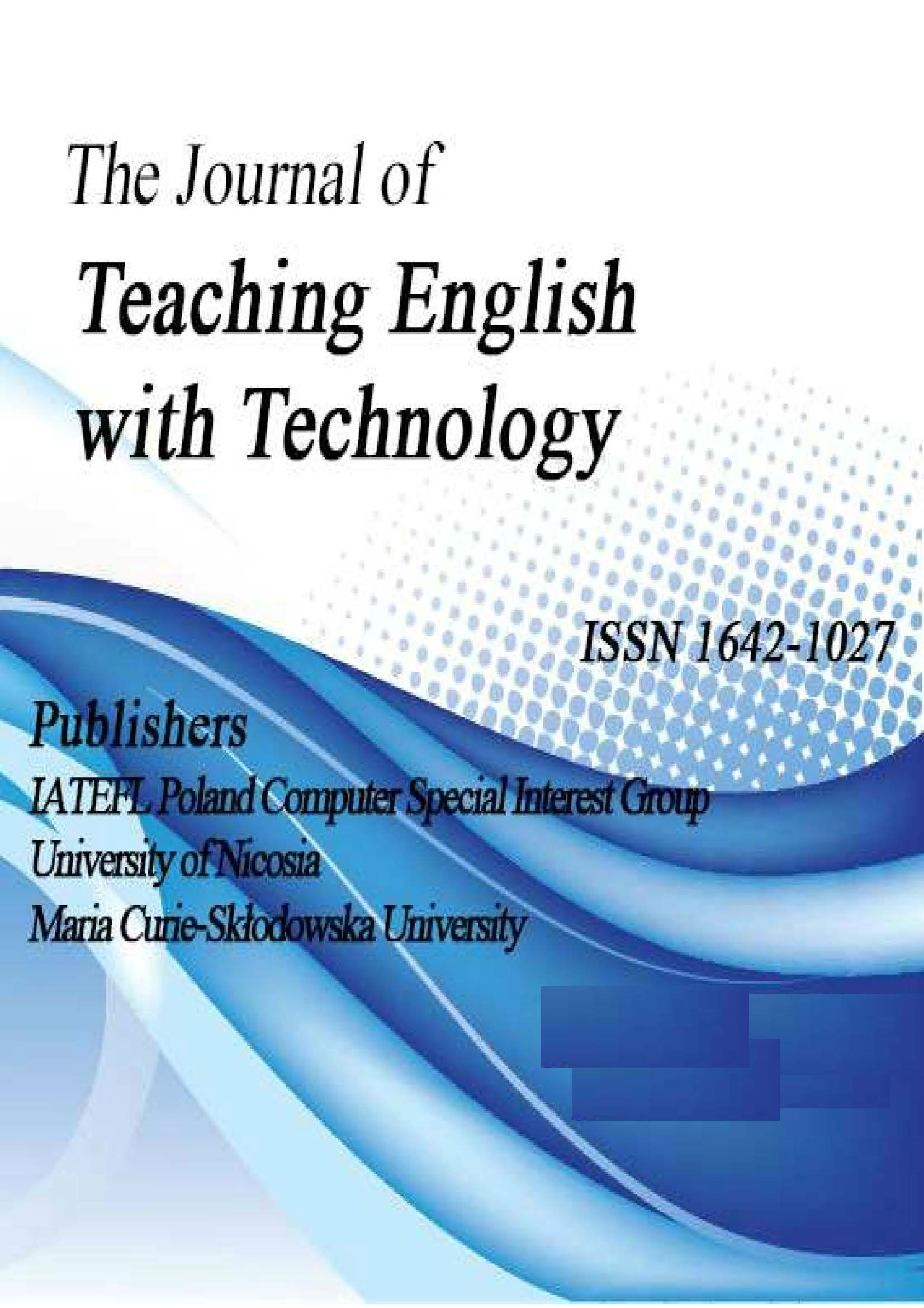DISCOURSE FUNCTIONS AND VOCABULARY USE IN ENGLISH LANGUAGE LEARNERS' SYNCHRONOUS COMPUTER-MEDIATED COMMUNICATION
DISCOURSE FUNCTIONS AND VOCABULARY USE IN ENGLISH LANGUAGE LEARNERS' SYNCHRONOUS COMPUTER-MEDIATED COMMUNICATION
Author(s): Ghaleb Rabab'ah, Ali Farhan AbuSeileekSubject(s): Foreign languages learning
Published by: IATEFL Poland Computer Special Interest Group and The University of Nicosia
Keywords: CMC; gender; discourse functions; EFL
Summary/Abstract: This study explored the discourse generated by English as a foreign language (EFL) learners using synchronous computer-mediated communication (CMC) as an approach to help English language learners to create social interaction in the classroom. It investigated the impact of synchronous CMC mode on the quantity of total words, lexical range and discourse functions of EFL learners’ writing from different genders (males vs. females). Thirty-two intermediate EFL students discussed four topics in four CMC sessions. The findings revealed that gender played a major role in shaping the quantity of discourse (total words), lexical range (variety), and linguistic output (i.e., the quantity and type of discourse functions) that was generated using synchronous CMC mode. By and large, the female participants produced more words, complex lexical range and output discourse functions than males in the CMC setting. Moreover, the study showed that the participants produced discourse functions shaped by the particularities of local social arrangements. Users found opportunities in the virtual world of CMC which enabled them to blind their identities, so people in subordinate conditions, such as females in certain conservative societies, EFL learners, and shy students may find CMC useful for fostering their communicative competence.
Journal: Teaching English with Technology
- Issue Year: 13/2013
- Issue No: 1
- Page Range: 42-61
- Page Count: 20
- Language: English

